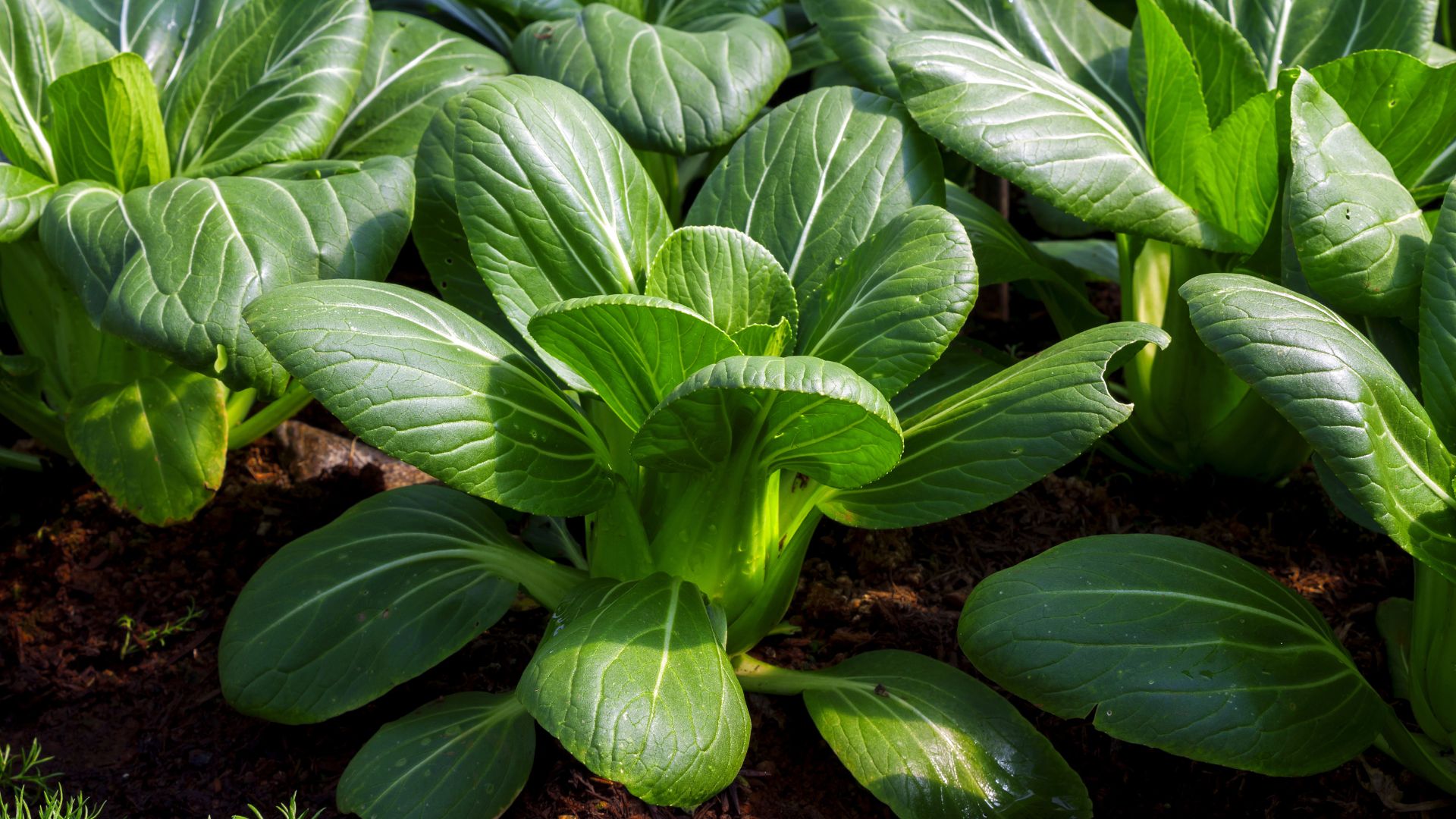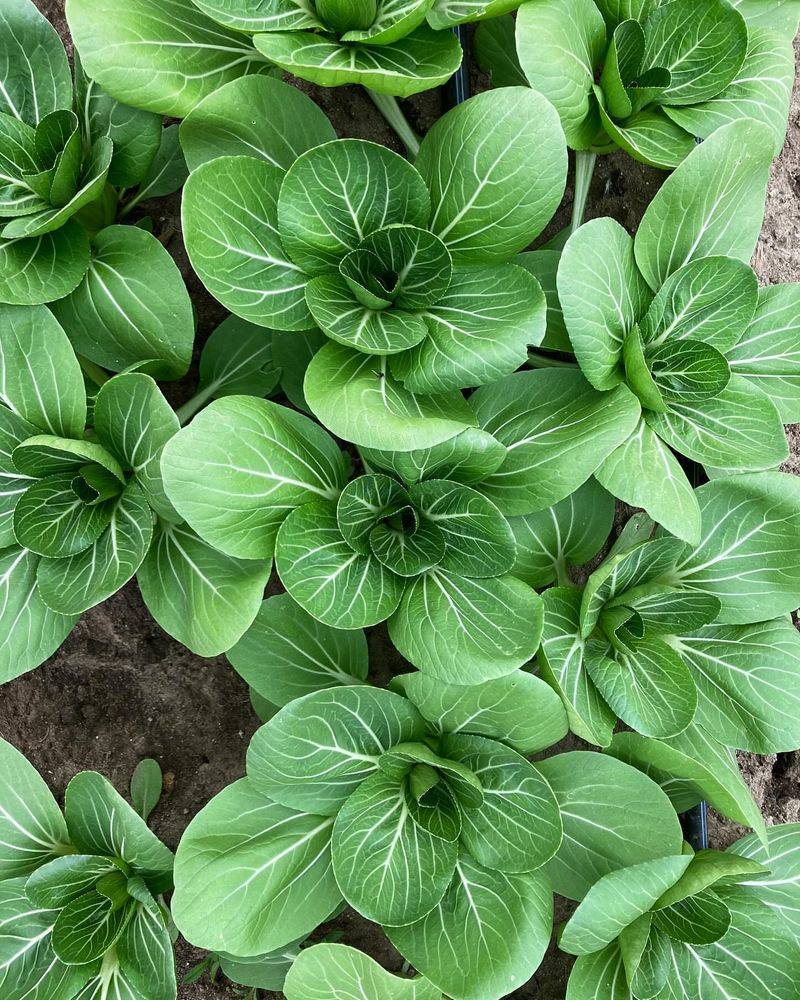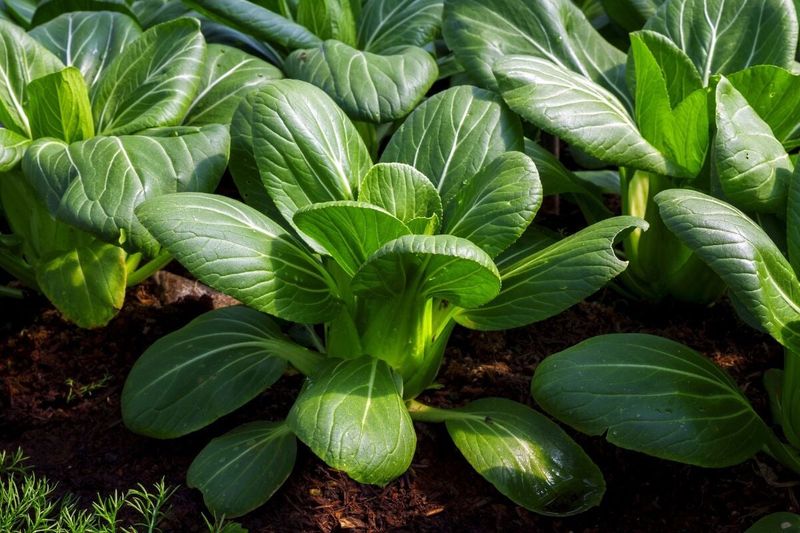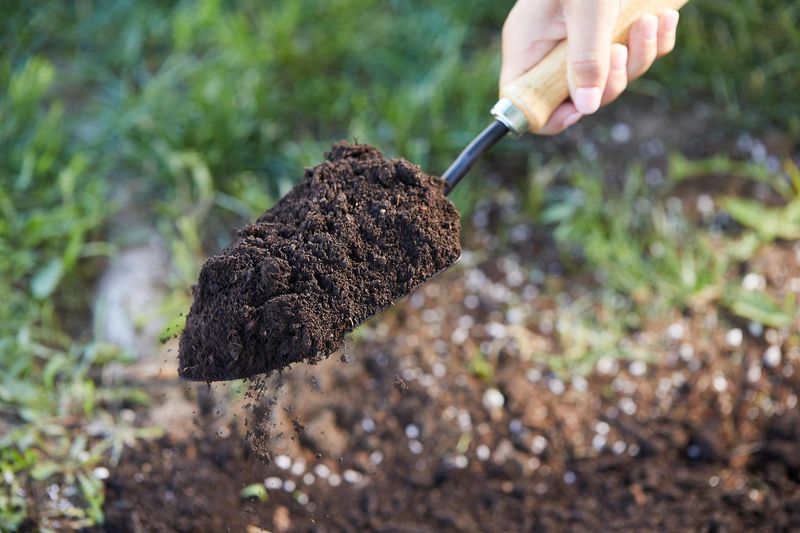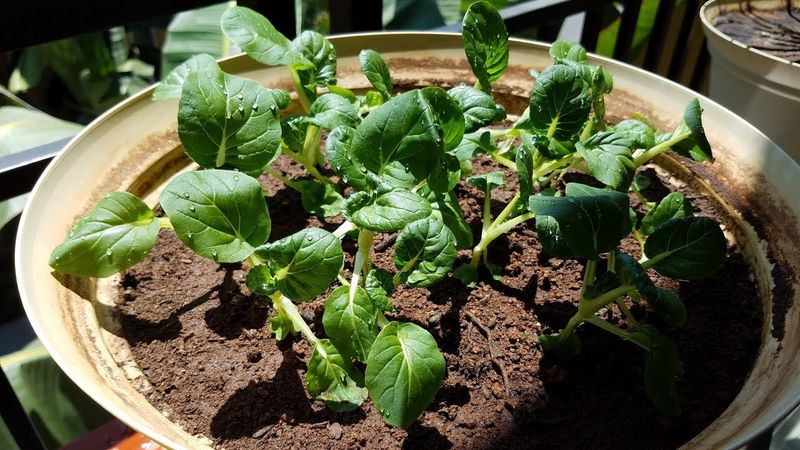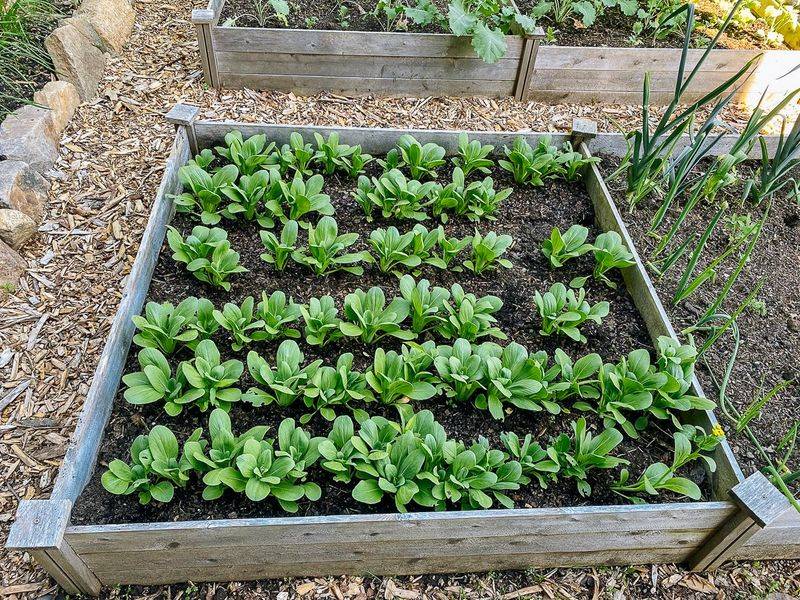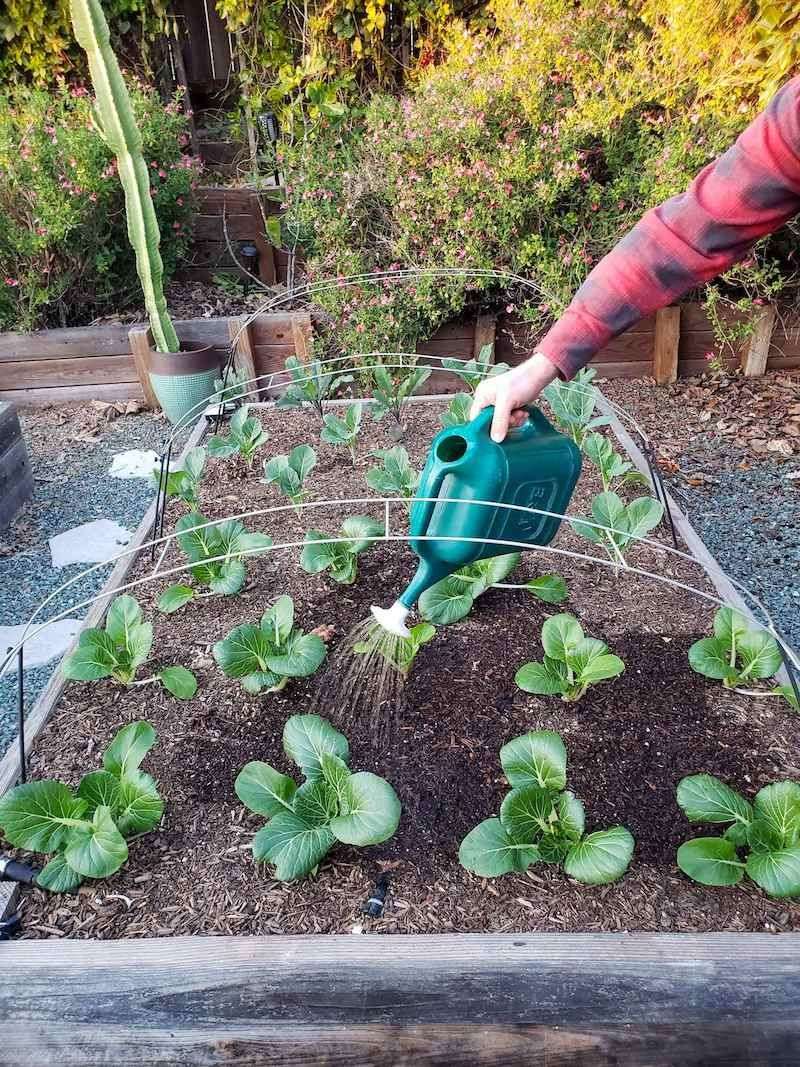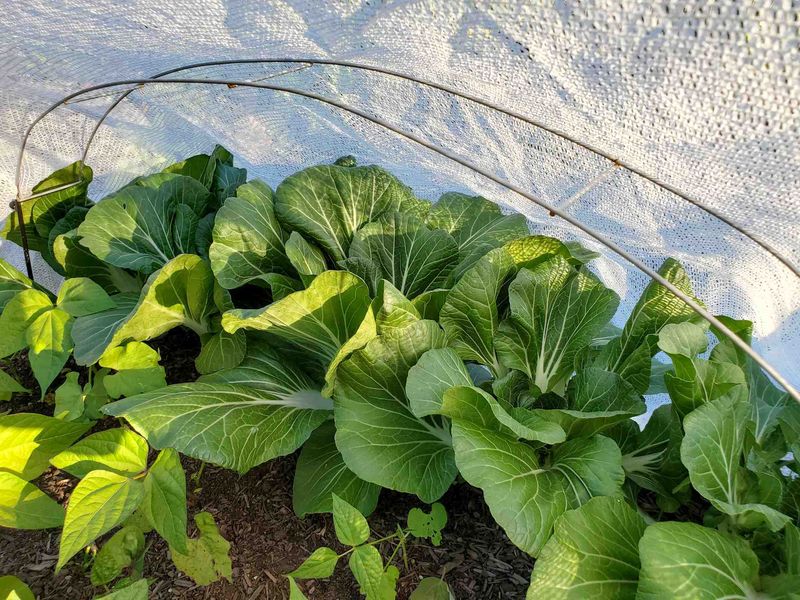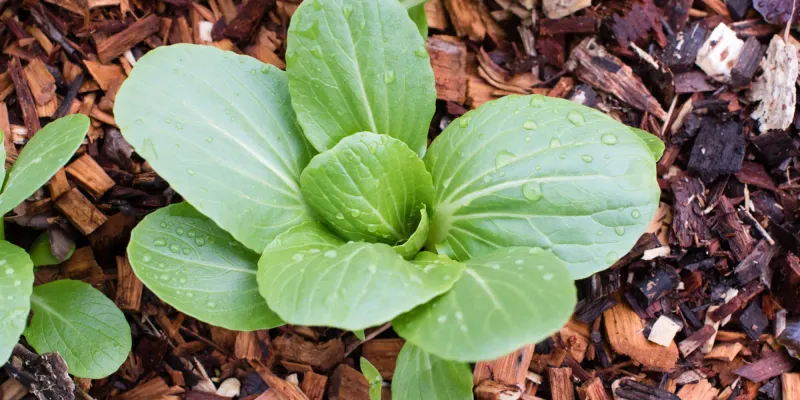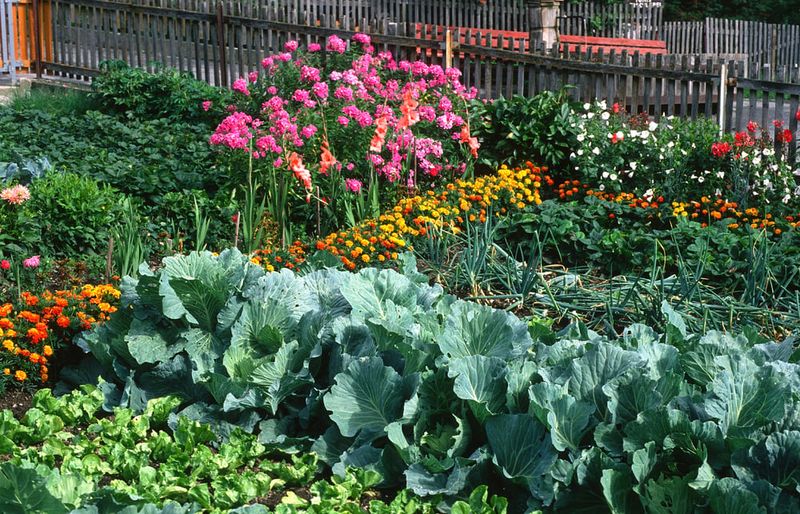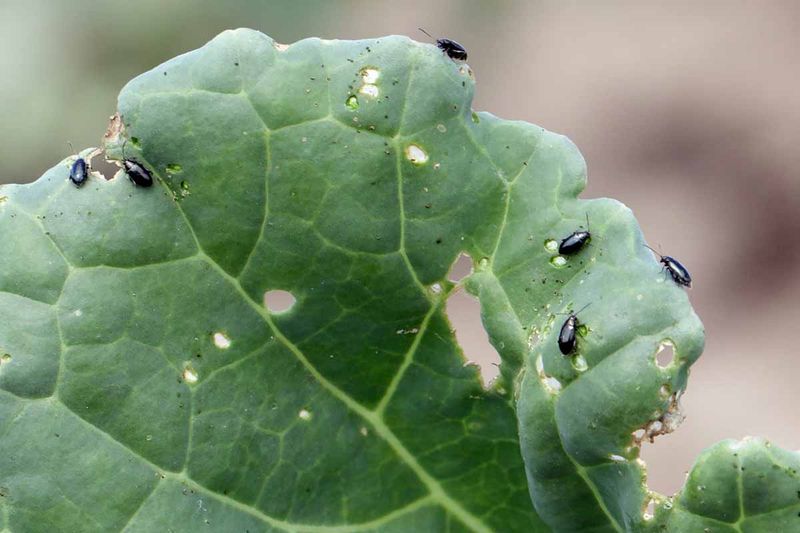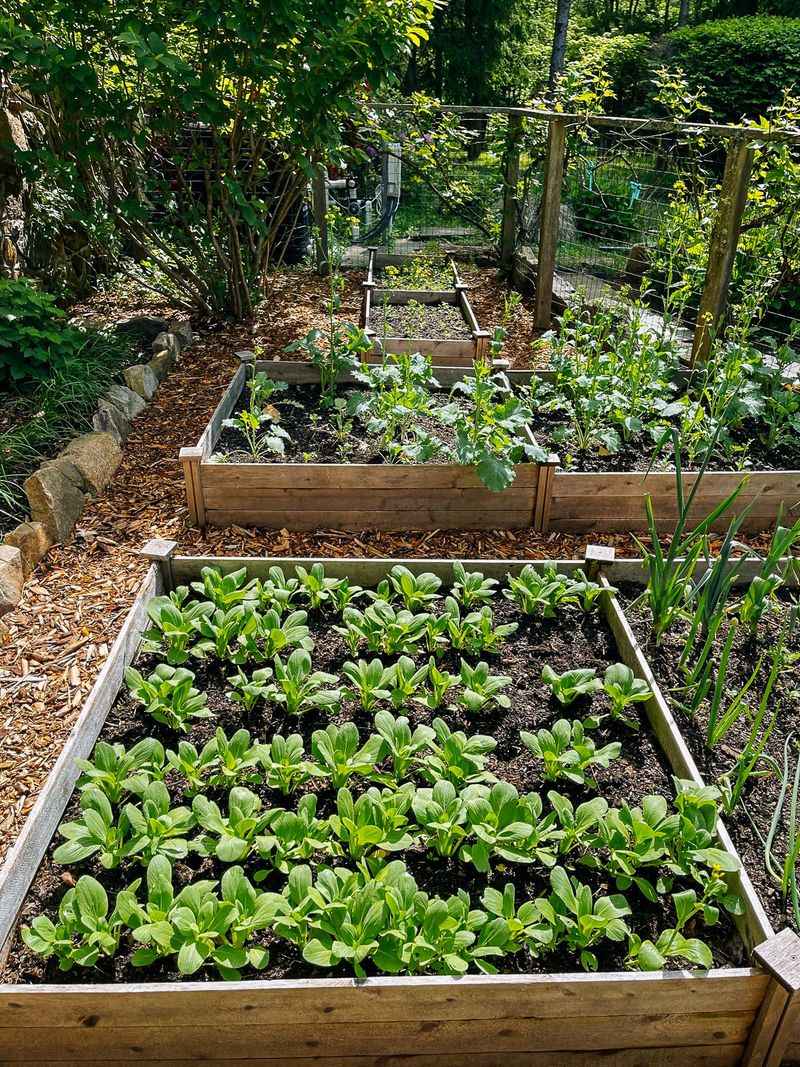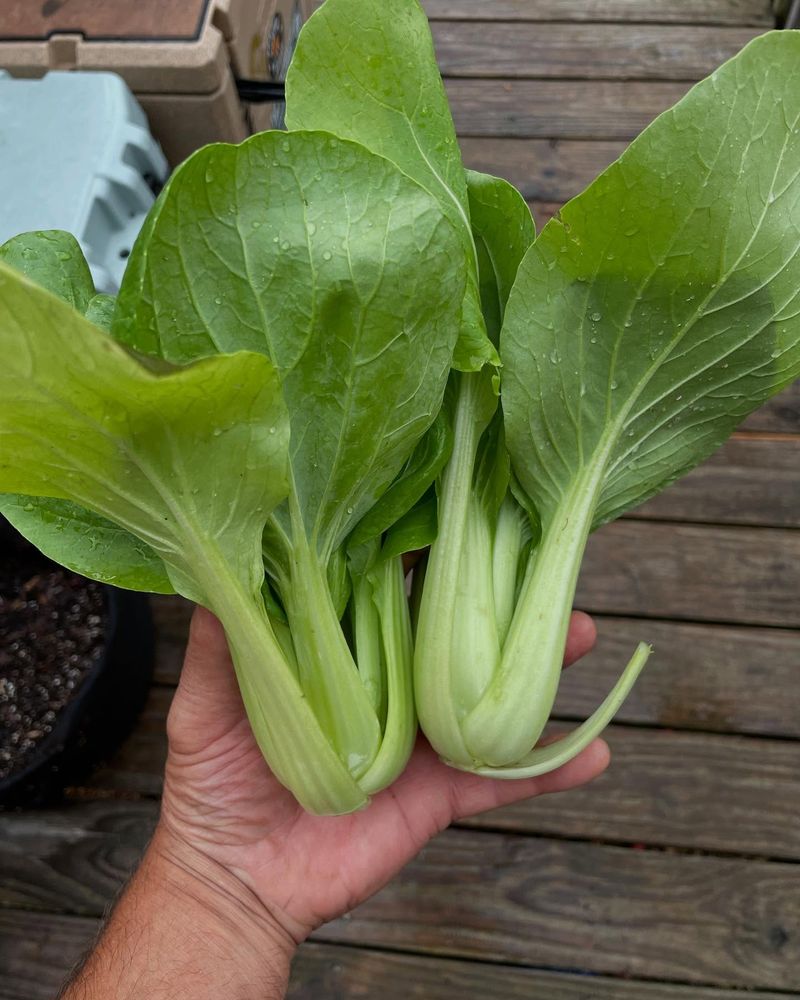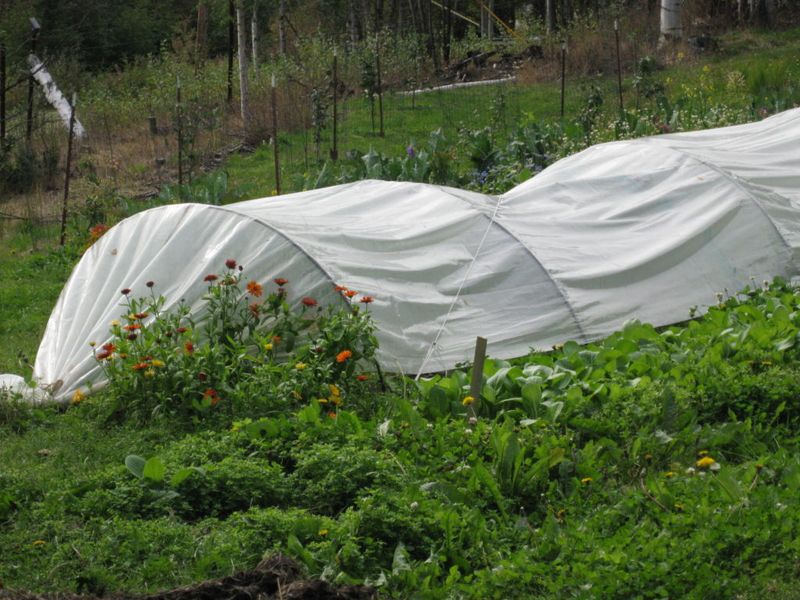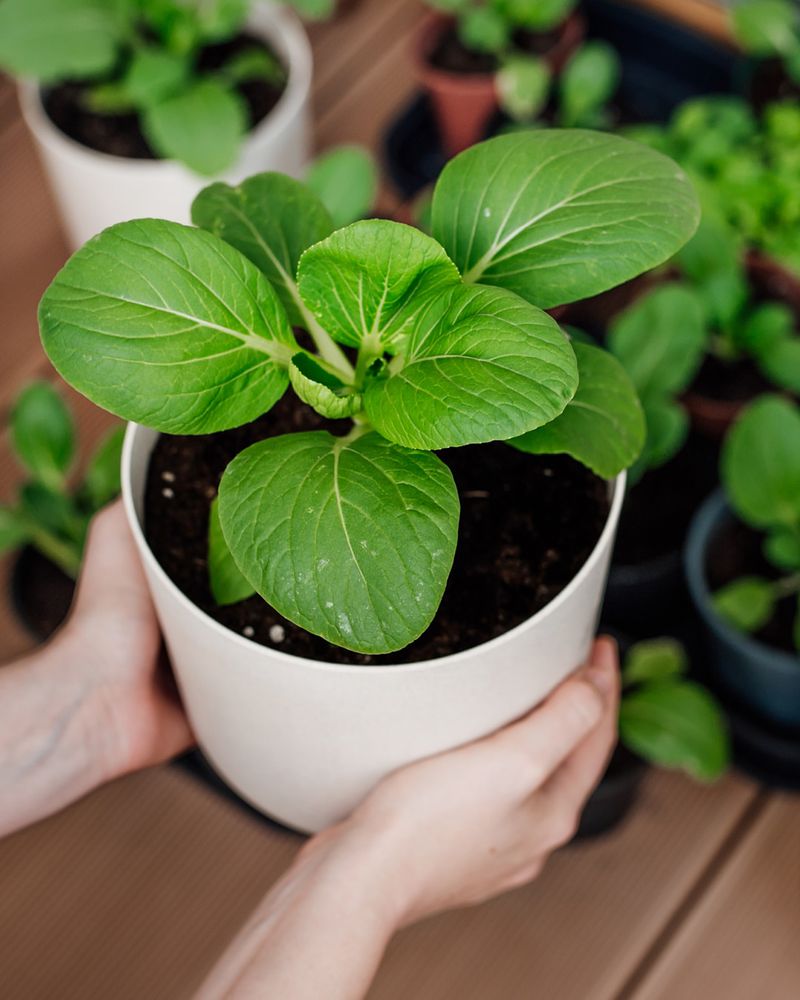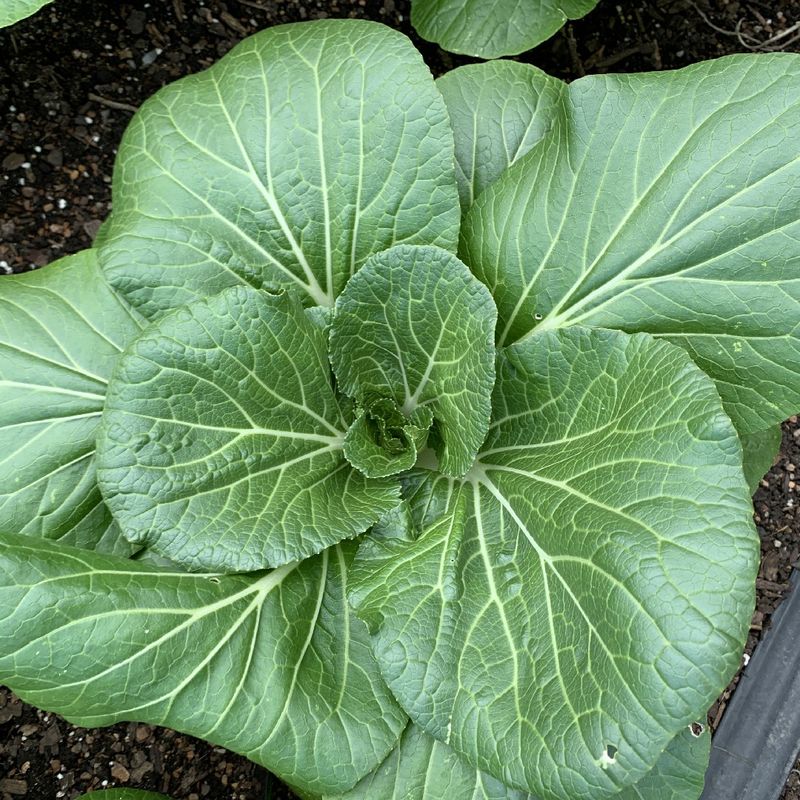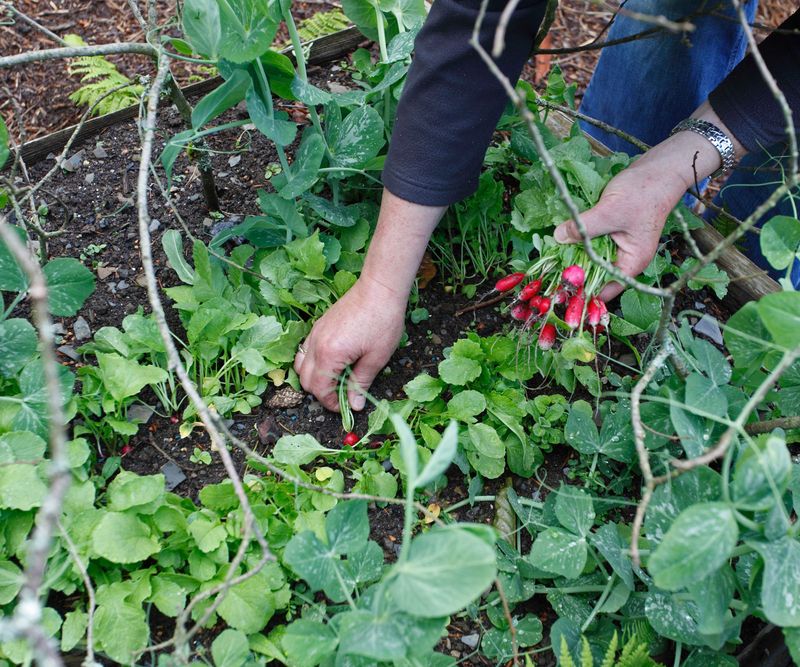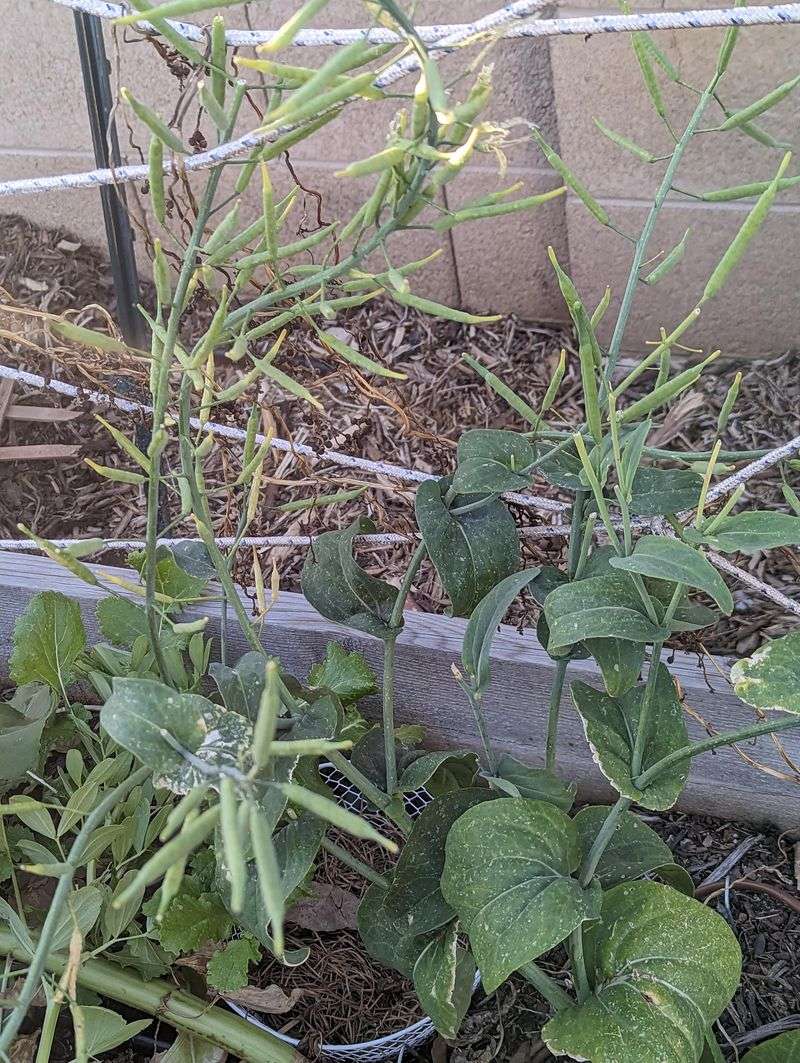Bok choy has become one of my go-to greens to grow—it’s quick, easy, and adds a satisfying crunch to so many meals. The first time I harvested my own, I couldn’t believe how much better it tasted than store-bought. Plus, it’s a forgiving crop, perfect for gardeners still learning the ropes.
It grows best in the cooler parts of the season, which makes it ideal for spring and fall planting. I’ve found that giving it rich soil, regular watering, and just a little shade during warmer afternoons helps it thrive. Watch out for pests like flea beetles—they love bok choy as much as we do!
Once it’s ready, the real fun begins. I toss mine into stir-fries, soups, or even grill it whole with a drizzle of sesame oil. Growing bok choy doesn’t just feed your body—it makes you feel like a kitchen garden pro in no time.
1. Choose The Right Season
Early spring and fall provide the ideal temperature range of 50-70°F for bok choy cultivation. Cooler conditions encourage leaf development while discouraging the premature flowering that ruins crops.
I learned this through experience after losing my first summer planting to bolting within weeks. The plants simply shot up flower stalks instead of forming those juicy stalks I was hoping for.
For year-round growers, consider planting a small batch every few weeks during cooler months. This succession approach ensures you’ll hit the sweet spot even if weather conditions fluctuate unexpectedly.
2. Select The Best Varieties
Baby bok choy varieties like ‘Mei Qing Choi’ mature quickly and resist bolting better than larger types. Dwarf varieties work wonderfully in containers and small spaces while offering tender leaves.
Last season, I grew ‘Shanghai Green’ alongside traditional varieties and noticed significantly less bolting even when temperatures fluctuated. The compact size also meant I could fit more plants in my raised beds.
For those in warmer climates, heat-tolerant varieties such as ‘Joi Choi’ can extend your growing season. Read seed packets carefully for days-to-maturity information to plan your harvests accordingly.
3. Prepare Nutrient-Rich Soil
Bok choy thrives in well-draining soil amended with compost or aged manure. The ideal pH range falls between 6.0-7.0, slightly acidic to neutral, promoting optimal nutrient uptake.
My garden soil tends toward clay, so I mix in several inches of compost before planting. This simple step dramatically improved growth rate and reduced disease problems I’d experienced in previous seasons.
A light application of balanced organic fertilizer (like 5-5-5) worked into the soil before planting gives seedlings a strong start. Avoid high-nitrogen fertilizers which can create lush but bitter leaves.
4. Start Seeds Properly
Plant seeds just ¼ inch deep in seed-starting mix or directly in garden soil. They germinate quickly, usually within 4-8 days when soil temperatures hover between 50-75°F.
Last spring, I experimented with pre-soaking half my seeds overnight. The soaked batch emerged nearly two days earlier than the dry-planted seeds, giving me a noticeable head start on the growing season.
For indoor starts, provide bright, indirect light once seedlings emerge. Thin seedlings when they develop their first true leaves, keeping the strongest plants spaced about 6-8 inches apart to prevent crowding.
5. Space Plants Correctly
Allow 6-10 inches between full-sized bok choy plants and 4-6 inches for baby varieties. Proper spacing prevents disease spread and allows each plant to develop fully without competition.
I once tried to maximize my garden space by planting too closely. The resulting crowded conditions led to smaller heads and created the perfect environment for aphids to move easily between plants.
Consider using a planting grid or template when sowing seeds directly. This simple tool helps maintain consistent spacing and makes thinning seedlings much easier later on.
6. Master Watering Techniques
Maintain consistently moist soil without waterlogging. Bok choy’s shallow root system requires regular watering, especially during dry spells, but standing water quickly leads to rot issues.
Morning watering has made the biggest difference in my garden. Plants have time to dry before evening, significantly reducing fungal problems I struggled with when watering later in the day.
Consider drip irrigation or soaker hoses to deliver water directly to soil rather than splashing leaves. This approach conserves water while keeping foliage dry, further reducing disease risk.
7. Prevent Bolting Problems
Shade cloth provides crucial protection during unexpected warm spells. Even a few days above 75°F can trigger premature flowering in bok choy, especially when days lengthen in late spring.
I discovered that planting near taller crops like peas or alongside the north side of structures creates natural afternoon shade. This simple placement strategy extended my spring harvest by nearly two weeks.
Harvesting outer leaves regularly while leaving the growing center intact helps delay bolting. The plant focuses energy on replacing harvested leaves rather than producing flowers.
8. Mulch For Moisture Retention
Apply a 1-2 inch layer of straw, leaf mulch, or compost around plants once they’re established. This protective barrier maintains soil moisture while suppressing weeds that compete for nutrients.
Mulching made a remarkable difference in my garden during a particularly dry spring. The mulched plants required watering half as often as unmulched ones, and showed noticeably less stress during hot afternoons.
Avoid piling mulch against plant stems, which can cause rot. Instead, create a small mulch-free zone around each plant base while covering the surrounding soil surface completely.
9. Implement Companion Planting
Grow bok choy alongside onions, garlic, or nasturtiums to naturally deter common pests. These companion plants release compounds that confuse or repel insects seeking out brassica family members.
My favorite pairing combines bok choy with marigolds. The bright flowers not only deter pests above ground but also help manage nematodes in the soil, creating a healthier growing environment overall.
Avoid planting near strawberries or pole beans, which can stunt bok choy growth through root competition or allelopathic effects. Keeping these plants in separate garden areas ensures both crops thrive.
10. Combat Common Pests
Row covers provide physical barriers against flea beetles and cabbage worms while still allowing light, water, and air circulation. Install them immediately after planting for maximum protection.
Last season, I started using yellow sticky traps to monitor pest populations. This early warning system helped me identify flea beetle issues before they caused significant damage, allowing for targeted intervention.
A simple soap spray (1 tablespoon mild liquid soap per gallon of water) offers effective control for aphids without harming beneficial insects. Apply during early morning or evening when beneficial insects are less active.
11. Practice Succession Planting
Sow small batches of seeds every 2-3 weeks during appropriate seasons rather than planting all at once. This staggered approach ensures continuous harvests rather than a single glut of produce.
Keeping a garden journal transformed my succession planting. Recording planting dates, varieties, and results helps me refine timing for my specific microclimate and avoid gaps in production.
Dedicate different sections of your garden to sequential plantings. This organization makes it easier to prepare soil properly for each new batch while allowing earlier plantings to complete their growth cycle.
12. Harvest At The Right Time
Baby bok choy reaches harvest readiness at 30-35 days, while full-sized varieties typically need 45-60 days. Look for firm stalks and glossy leaves as indicators of peak quality.
The flavor changes subtly throughout development. I’ve found that younger plants offer milder flavor and tenderness, while more mature heads develop a slightly stronger taste with more substantial crunch.
Harvest during cool morning hours when plants are fully hydrated and crisp. Cut the entire plant just above soil level with a sharp knife, or harvest outer leaves individually for a longer, continuous harvest from each plant.
13. Extend Growing Seasons
Cold frames or low tunnels can extend your bok choy season by weeks in both spring and fall. These simple structures trap heat while protecting plants from frost, wind, and heavy precipitation.
My fall plantings last year survived temperatures down to 28°F under a simple plastic tunnel supported by wire hoops. The protection allowed me to harvest fresh greens well into December in my zone 6 garden.
Partial shade from deciduous trees creates ideal conditions for fall plantings. As leaves drop, plants receive increasing sunlight while still enjoying cooler soil temperatures – perfect for late-season growth.
14. Manage Container Growing
Select containers at least 6 inches deep with good drainage holes. Baby bok choy varieties thrive in pots as small as 8 inches in diameter, while full-sized types need 12-inch containers.
Container-grown plants dry out faster than those in garden beds. I check moisture levels daily by inserting my finger an inch into the soil, watering thoroughly when it feels dry at that depth.
Choose light-colored containers for spring and summer growing to keep soil temperatures cooler. Dark pots absorb heat, potentially triggering premature bolting during warm weather.
15. Fertilize Appropriately
Apply diluted fish emulsion or compost tea every 2-3 weeks during the growing period. This gentle feeding schedule provides steady nutrition without promoting excessive leaf growth that sacrifices flavor.
When I switched from synthetic fertilizers to organic options, I noticed improved leaf texture and flavor. The slower release of nutrients produced more compact plants with better resistance to pests and disease.
Reduce fertilizer after plants reach half their mature size if growing during warming weather. This adjustment helps discourage bolting by avoiding excess nitrogen that can trigger flowering.
16. Intercrop With Other Vegetables
Plant quick-growing radishes between bok choy rows to maximize garden space. The radishes mature before bok choy reaches full size, allowing double harvests from the same area.
Interplanting with herbs like dill or cilantro creates beneficial diversity. These aromatic plants attract pollinators and beneficial insects while confusing pests that might target your bok choy.
Carefully consider mature plant sizes when interplanting. I once crowded lettuce too close to my bok choy, creating competition that stunted both crops. Proper spacing ensures each plant receives adequate light, water, and nutrients.
17. Save Seeds For Future Plantings
Allow your healthiest plants to flower and set seed pods. The small, round black seeds remain viable for up to three years when stored properly in cool, dry conditions.
Collect seed pods when they turn tan and begin to dry out but before they split open. I hang entire plants upside down inside paper bags to catch seeds as pods naturally dehisce.
Label saved seeds with variety name and collection date. This simple organization step prevents confusion later and helps track germination rates as seeds age over time.

